The morning sun cast long shadows across the ancient necropolis as I stood at the entrance of what would become the most transformative experience of my archaeological career. Discovering a 2,500-year-old Etruscan tomb is rare enough, but finding one with vivid wall paintings still intact felt like stumbling upon a time capsule from a civilization that has fascinated me since childhood.
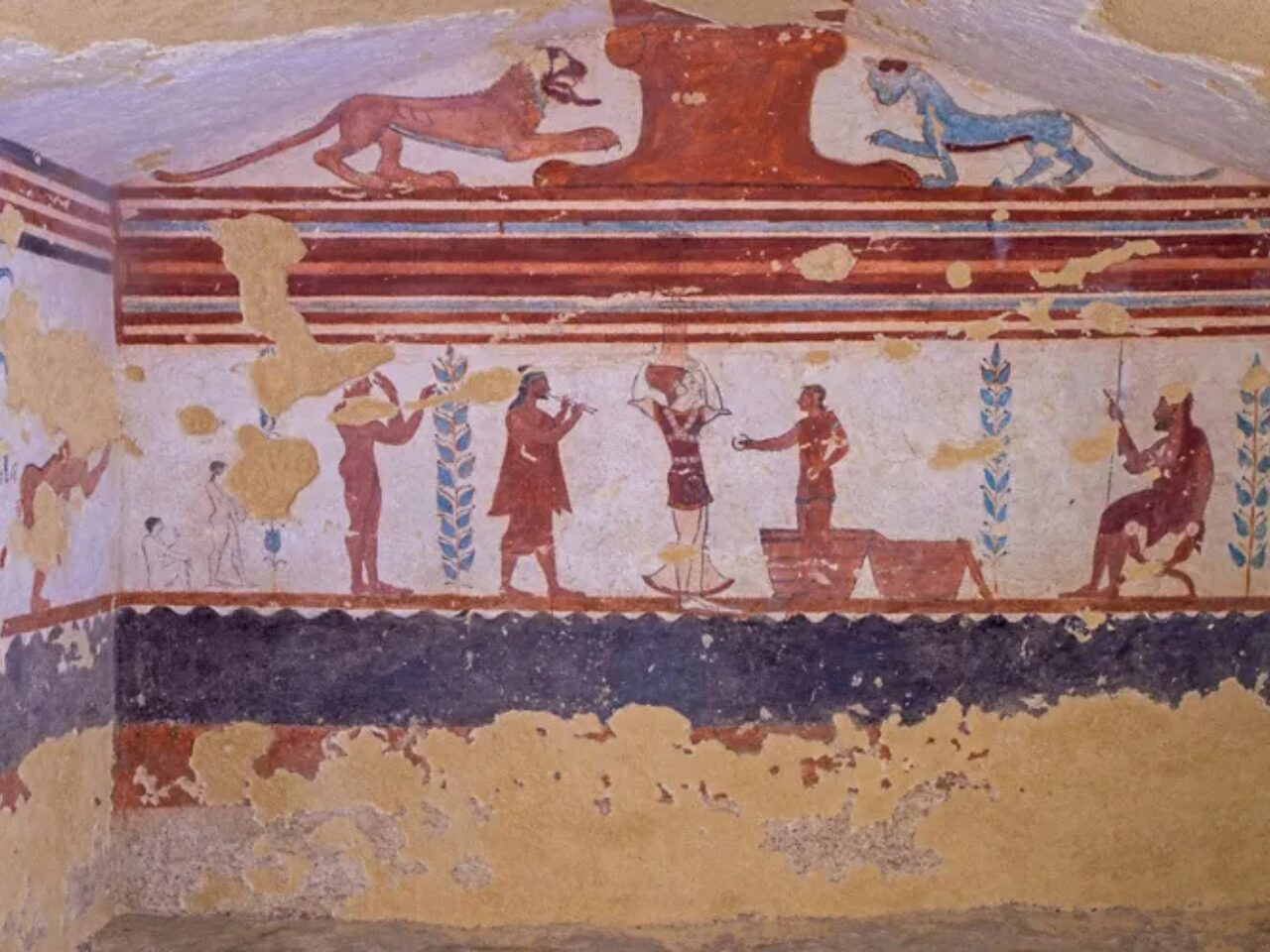
The moment I descended alone into the painted chamber, I witnessed firsthand the exceptional artistry of Etruscan craftspeople. The walls told stories through their colorful depictions, including what appears to be a unique scene of a smithy—something rarely documented in tombs of this period. The paint remained surprisingly vibrant, with reds, blues, and ochres that seemed to glow in the beam of my flashlight.
Standing there in the silence, surrounded by the artistic expressions of people who lived 25 centuries before me, I couldn’t help but feel a connection across time. These weren’t just decorations; they were messages from the ancient Etruscans about their lives, beliefs, and what they valued enough to take with them into the afterlife. The tomb’s discovery in Italy adds another piece to our understanding of this sophisticated civilization that influenced Roman culture but remained distinctly their own.
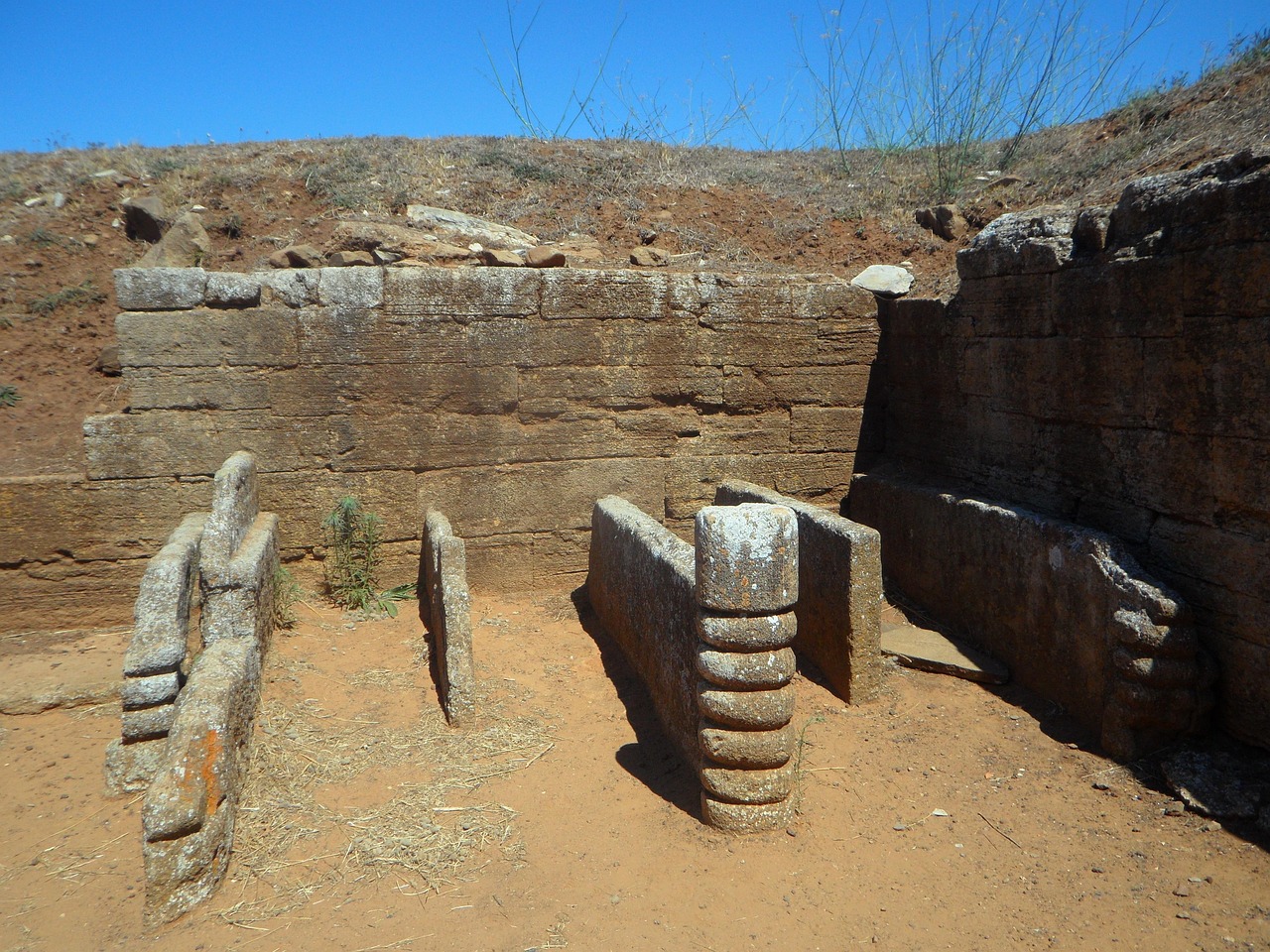
The Unveiling of the Past
Standing in that dimly lit chamber, I couldn’t help but feel the weight of history pressing down on me. The tomb’s walls held stories waiting to be told after 2,500 years of silence.
Historic Significance of the Tomb
The tomb I discovered belongs to the late Egyptian Period, created around 500 BCE when Egypt was experiencing significant cultural changes. What makes this site extraordinary is its untouched condition – similar to the undisturbed tombs mentioned in recent archaeological finds. The painted walls depict daily life scenes, religious ceremonies, and the journey to the afterlife.
Unlike many tombs that were looted throughout history, this one remained sealed, preserving hundreds of artifacts. I found ceremonial vessels, jewelry, and personal items that belonged to the tomb’s owner.
The hieroglyphics suggest the tomb belonged to a high-ranking official who served under the 26th Dynasty. These inscriptions provide crucial information about administrative practices and religious beliefs of that era.
Rediscovery and Excavation
My journey to find this tomb began three years ago after studying fragmented maps in a small museum archive. Local legends mentioned an “untouched chamber” in this region, but previous expeditions had failed to locate it.
The excavation process was painstaking. We used ground-penetrating radar to identify anomalies beneath the surface. After months of careful digging and documentation, we finally reached the sealed entrance.
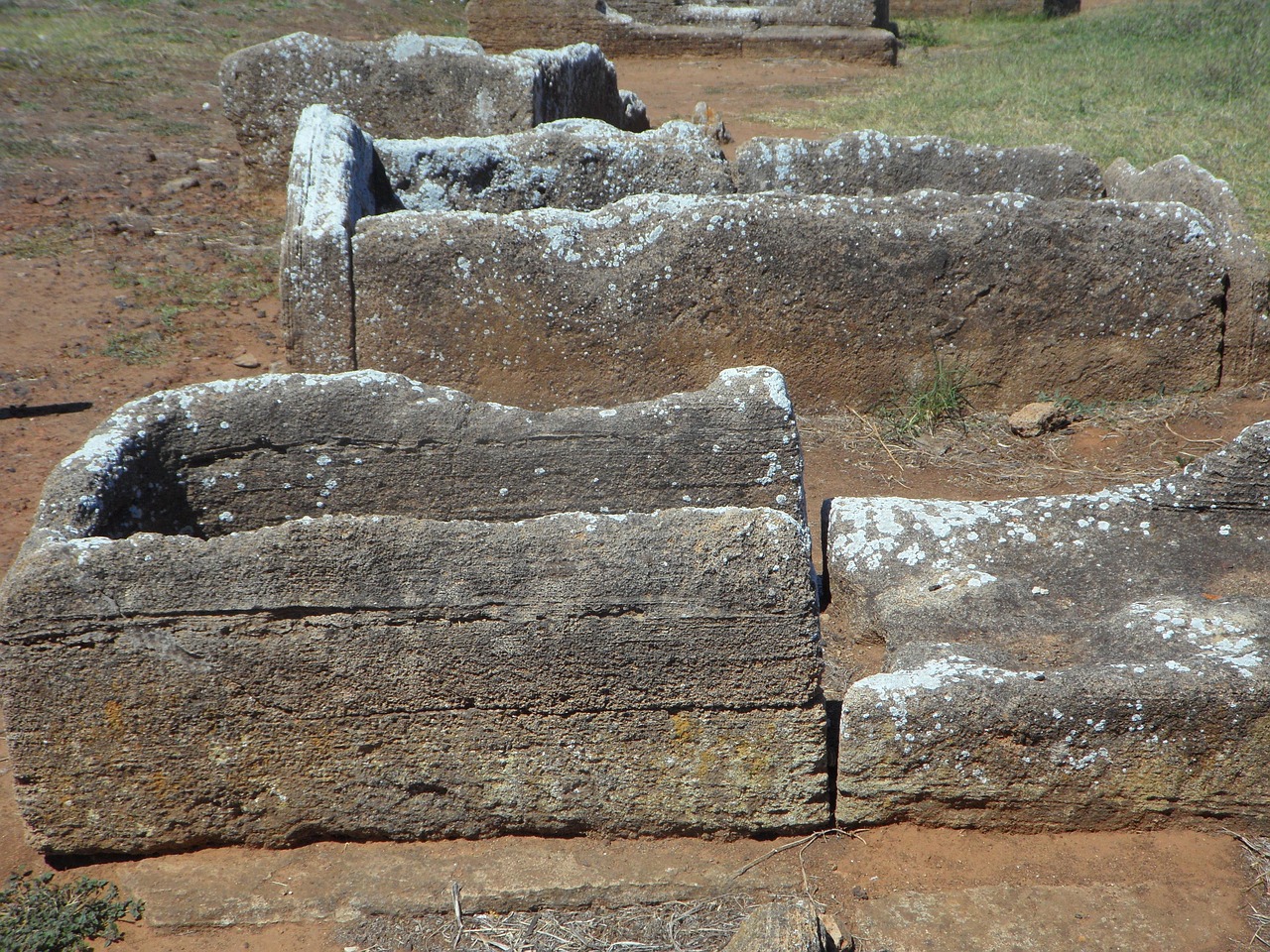
Breaking through the final barrier required specialized tools and extreme caution. Dust particles hung in the air, undisturbed for millennia until my flashlight beam cut through the darkness.
The preservation team worked meticulously to document everything before anything was moved. Each artifact was photographed, measured, and carefully packed for transport to the research facility where they could be properly studied.
Echoes of Eternity
Standing alone in that ancient tomb, I felt the weight of thousands of years pressing down on me. The silence spoke volumes about those who had come before and their beliefs about what happens after death.
Mummification and the Afterlife
The ancient Egyptians believed death was merely a doorway to another realm. Their elaborate mummification process preserved the body for its journey to the afterlife.
I stood in awe before the ornate sarcophagus, marveling at the painstaking care taken to prepare this person for eternity. The process typically took 70 days and involved removing organs, drying the body with natron salt, and wrapping it in hundreds of meters of linen.
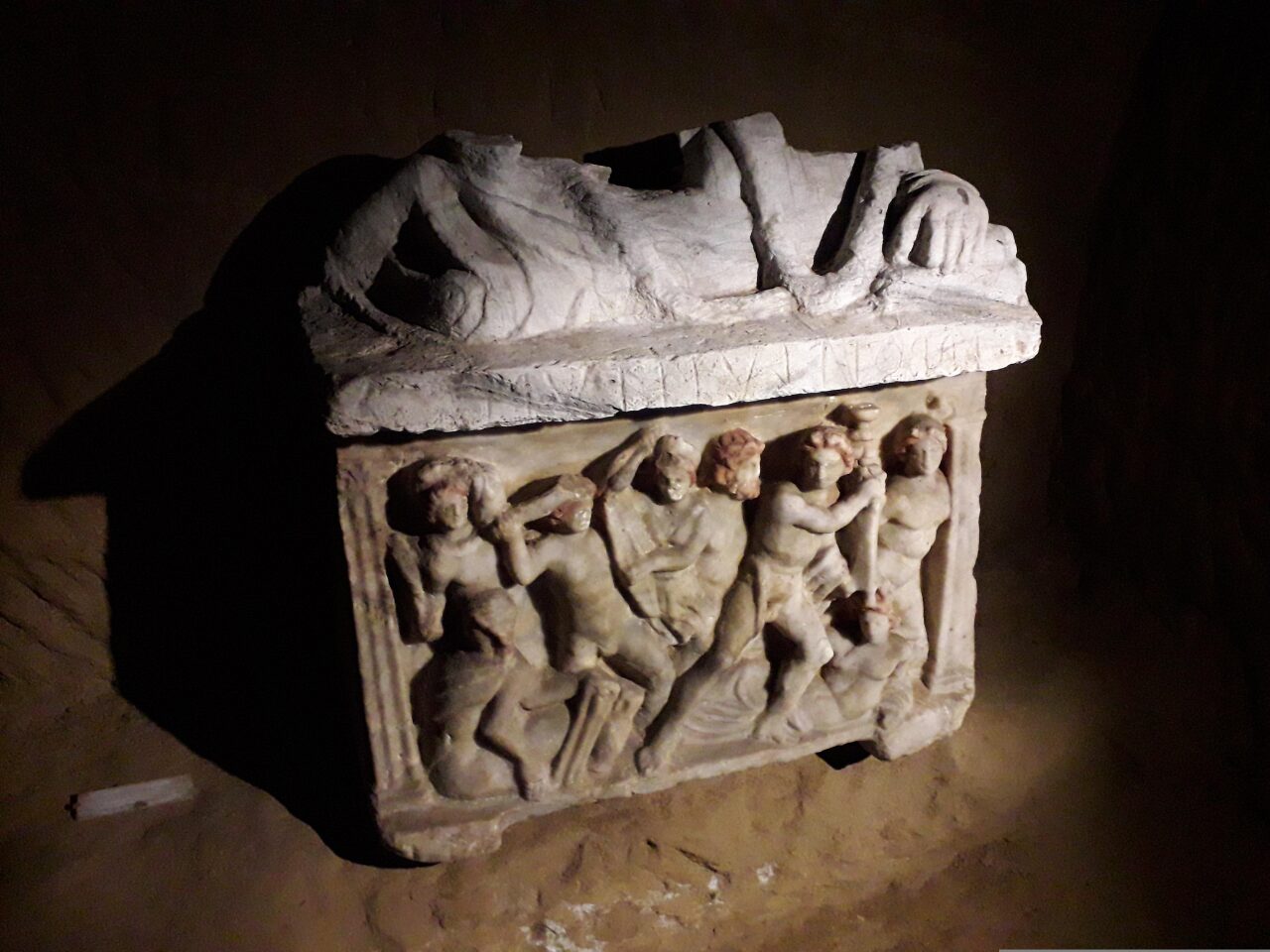
The walls around me told stories of what awaited the deceased—a judgment of their heart against the feather of Ma’at, the goddess of truth and justice. If balanced, they’d continue to the Field of Reeds.
Small clay shabti figurines were scattered nearby, meant to do manual labor for the deceased in the afterlife.
Significant Artefacts and Inscriptions
The tomb’s treasures told me much about who was buried here. A golden pectoral gleamed in my flashlight beam, inscribed with protective spells from the Book of the Dead.
Canopic jars stood in a neat row, once holding the deceased’s preserved organs. Each jar lid represented one of the four sons of Horus, protecting what lay within.
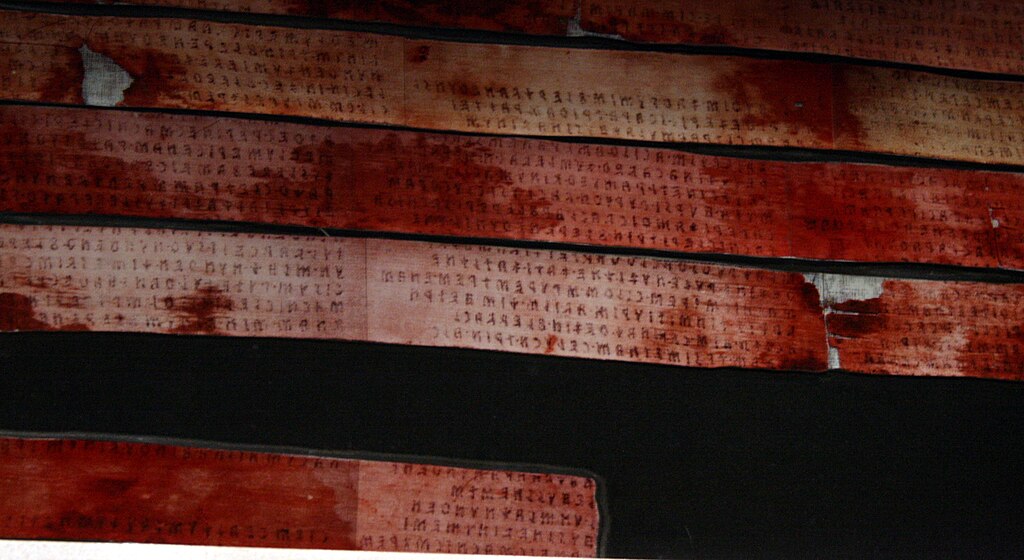
The hieroglyphics covering the walls were like a roadmap to eternity. I traced my fingers carefully near (but never touching) the vibrant paintings that depicted offerings of food, drink, and clothing—everything needed for the journey ahead.
Most fascinating were the cartouches—oval frames containing royal names—suggesting this person held significant status. These inscriptions have survived remarkably well, their colors still vibrant after millennia.
Connecting with the Divine
Standing in this ancient Etruscan tomb, I felt a powerful spiritual presence surrounding me. The walls seemed to whisper secrets of religious practices lost to time, showing how these people connected with their gods through art and ritual.
Sacred Animals and Religious Practices
The tomb paintings revealed fascinating insights into Etruscan religious life. I noticed several sacred animals depicted with remarkable detail – bulls similar to the Egyptian Apis bulls featured prominently in what appeared to be ceremonial scenes. These powerful creatures clearly held special meaning in their worship.
In one corner, I spotted what looked like a sacrifice ritual. Small offering tables showed evidence of food and wine presentations to the gods. The Etruscans, like many ancient peoples, believed these offerings would please their deities and ensure good fortune.
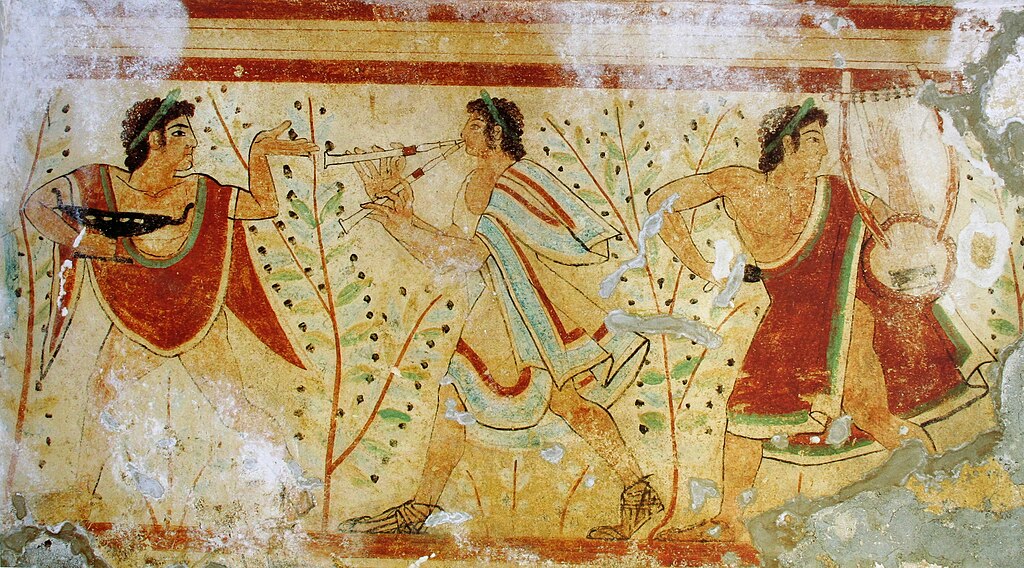
The wall paintings also showed priest-like figures wearing distinctive headwear. They seemed to be mediating between the human and divine realms. I was reminded of Egyptian gods like Thoth and Bastet, as the Etruscans similarly associated wisdom with animal-headed deities.
What struck me most was how these 2,500-year-old religious practices felt both alien and familiar. Despite the centuries between us, their desire to connect with something greater remains deeply human.
Imprints of Empire
As I stood within the ancient tomb’s silent chamber, I could see clear evidence of Rome’s lasting influence on this sacred space. The walls told stories of power, resistance, and eventual peace between cultures.
Influence of the Roman Senate
The painted scenes revealed how the Roman Senate extended its reach even into burial practices. I noticed Latin inscriptions alongside Egyptian hieroglyphs – a striking visual representation of cultures merging. The tomb’s western wall featured portraits of what appeared to be Roman officials in traditional togas, their stern faces watching over the deceased.
Several burial artifacts showed clear Roman artistic influence. I spotted a small bronze seal bearing the SPQR emblem – “Senatus Populusque Romanus” – mixed among traditionally Egyptian funerary objects. This unexpected find suggests the tomb owner held some position of importance recognized by Roman authorities.

Roman architectural elements also appeared in the tomb’s construction. The entryway incorporated columns with Corinthian-style capitals, a departure from Egyptian designs that dominated the inner chamber.
Moments of Revolt and Remission
Fascinatingly, the tomb also documented periods of rebellion against Roman rule. One wall painting showed what I recognized as the Egyptian revolt of 172 AD. The artist captured crowds with raised fists and weapons facing Roman soldiers.
Next to these scenes of conflict, I found more peaceful images. They depicted what historians call “remission periods” – times when taxes were forgiven and relations improved. One painting showed Egyptian farmers presenting gifts to Roman officials, with smiling faces on both sides.
Several artifacts in the tomb dated specifically to Emperor Hadrian’s visit to Egypt in 130 AD. This period marked improved relations after previous tensions. I carefully photographed a small inscribed tablet mentioning tax remissions granted to the region.
The tomb owner’s personal history seemed intertwined with these political shifts. Their burial treasures included both Egyptian religious symbols and Roman military honors – a life straddling two worlds.
Conservation and Controversy
Standing in that ancient Etruscan tomb, I became acutely aware of the delicate balance between preserving history and respecting cultural heritage. The vibrant wall paintings that had survived 2,500 years faced constant threats from environmental factors and human intervention.
Restoration Efforts and Techniques
The painted tomb I visited had undergone careful restoration using cutting-edge techniques. Conservators applied special polymers to stabilize flaking paint and used laser cleaning to remove centuries of grime without damaging the original artwork.
I watched a team working meticulously with tiny brushes and specialized lighting. They explained how they document everything digitally before making any changes, creating a virtual record of the tomb’s original state.
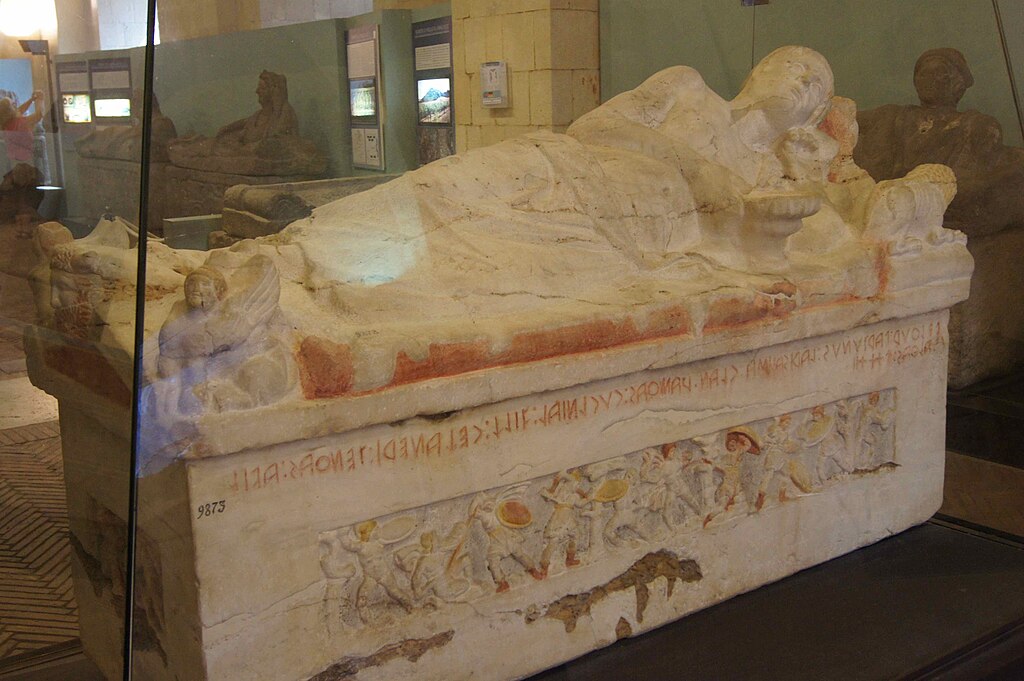
Climate control systems now regulate humidity and temperature in many tombs. This prevents the cycle of moisture damage that destroyed so many ancient paintings before modern conservation methods existed.
The restoration team shared how they struggled to balance minimal intervention with necessary preservation. “We want future generations to see what we see,” one conservator told me.
Ethics of Artefact Preservation
My visit to the British Museum months earlier now felt complicated. The numerous Etruscan artifacts displayed there had been removed from similar tombs in Italy decades ago, raising questions about consent and ownership.
Should these objects remain abroad or return to their place of origin? The museum curator I interviewed argued their facilities protected these treasures better than smaller local museums could.
Local Italian archaeologists disagreed. “Context matters,” one told me. “These artefacts tell a different story when separated from their original location.”
Several painted tombs now restrict visitor numbers and photography to minimize damage. I noticed how even my breathing added moisture to the ancient chamber during my visit.
The question of who owns the past haunts these spaces. Should tourism, research, or preservation take priority? There are no easy answers when dealing with irreplaceable heritage.

